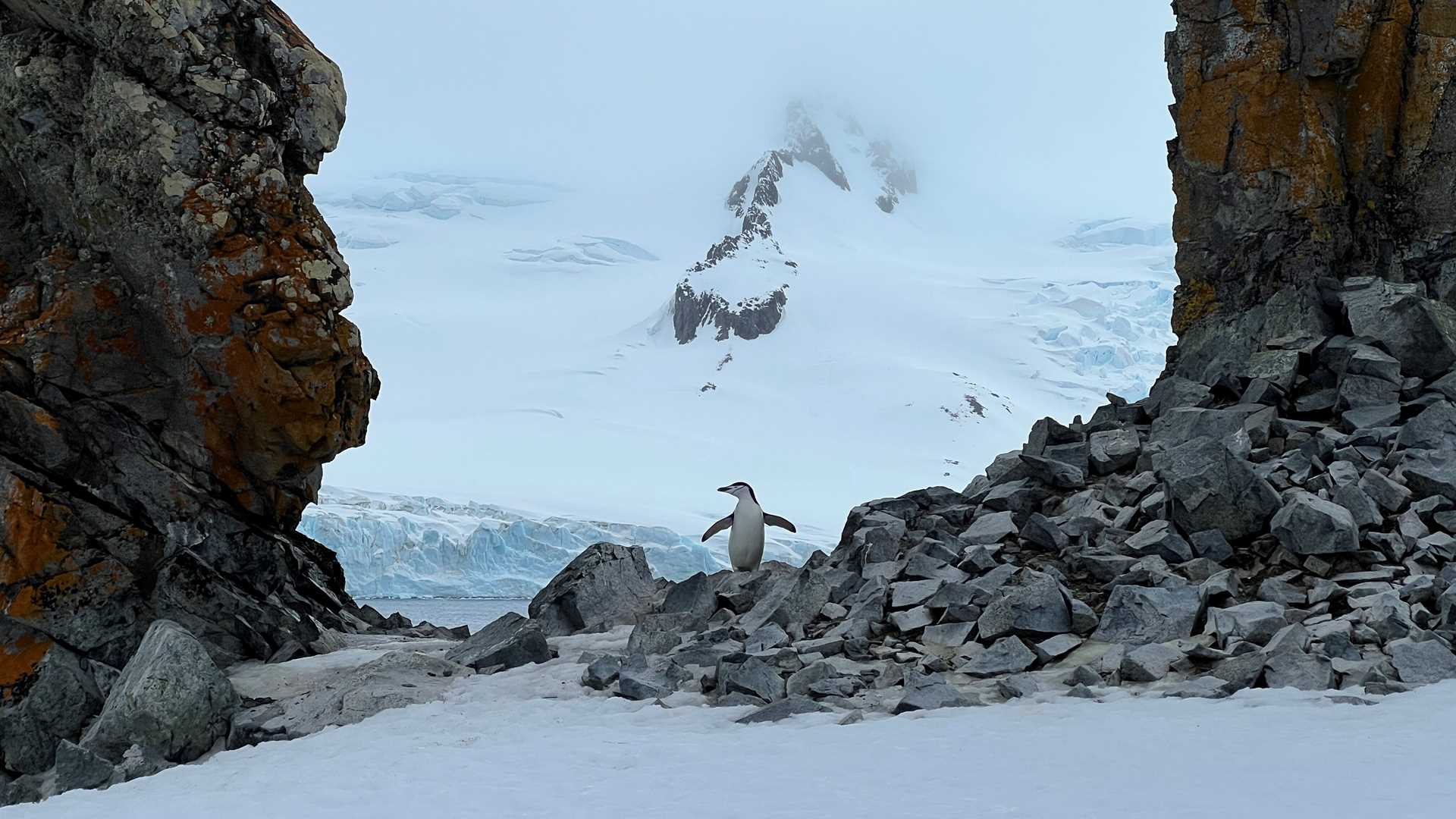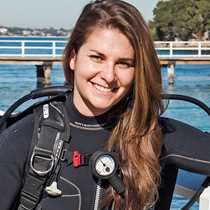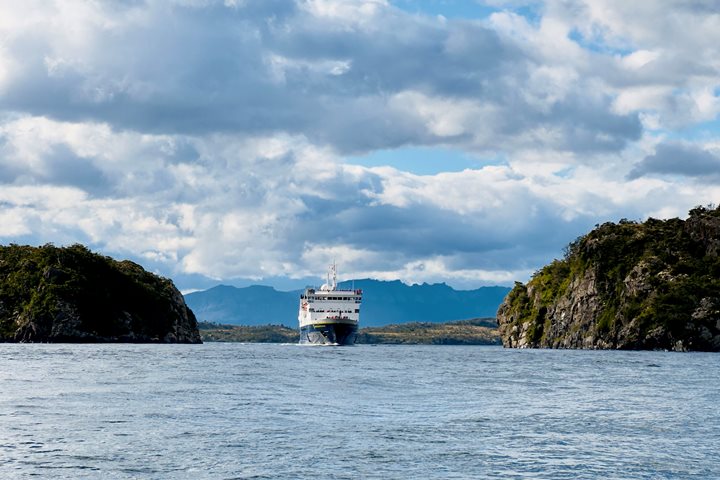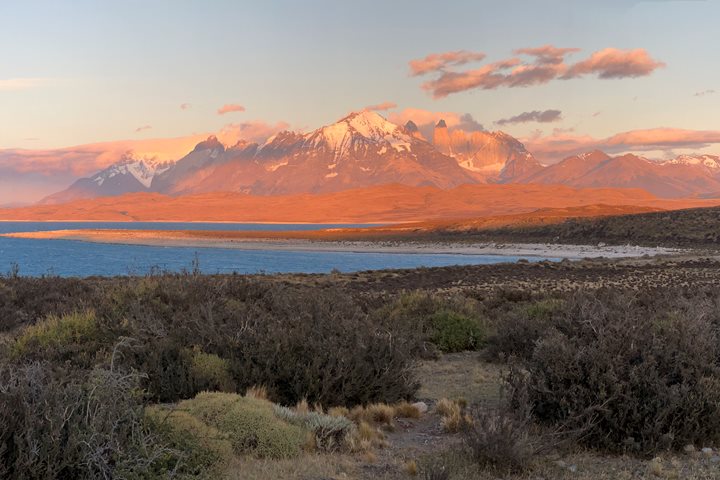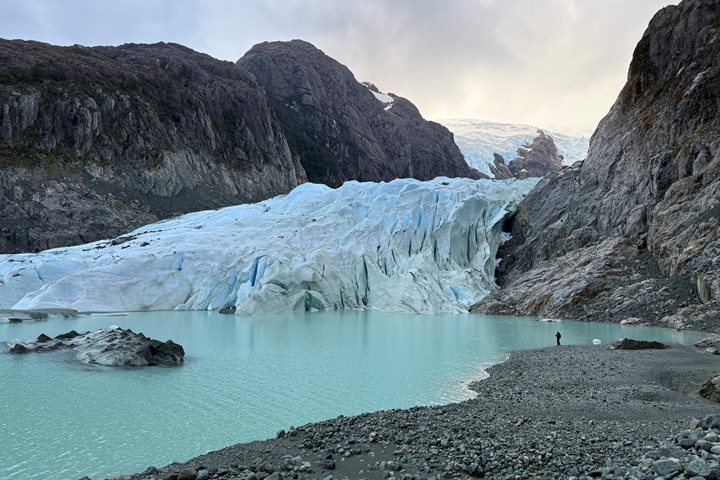As National Geographic Explorer sails across the Bransfield Strait, we awake with yesterday’s landscapes still vividly impressed in our minds and souls. The ship rolls gently as it sails between the tip of the Antarctic Peninsula and the South Shetlands Islands. The sky is grey and overcast, just as one would expect it to be in the southern ocean. Neverthless, our faces have still yesterday’s pure joy painted on them.
It is late in the morning when we get to Neptune’s Bellows, the only access to the inner caldera of Deception Island. We sail all around the bay while the expedition team gives us some beautiful insights on the different areas of the island. We sail along Whaler’s Bay, with its abandoned constructions erected during the whaling period, and then along different scientific stations, most of them abandoned too.
Deception Island was named so by the American sealer Nathaniel Palmer, because of the deceptive nature of its inner bay, today known as Port Foster.
Back out of the caldera through the “Bellows,” we make our way towards another little gem of the South Shetlands Islands: Half Moon Island. On our way there, our undersea specialist Maya Santangelo gives us a very interesting talk on the single most important creature inhabiting the southern oceans: krill.
It’s soon time to get in the Zodiacs and put our feet on firm land. Half Moon Island is a lovely place, home to a great colony of chinstrap penguins, the only species which have yet to see in Antarctica. We enjoy observing them on the eastern side of the island. Then, just by the landing site there is a group of gentoo penguins: a delight to watch!
The weather is taking a turn at this point, so it’s time to get back to the ship before the winds pick up.
It is quite a wet ride on the Zodiacs, but it is an expedition after all, and this is all part of the adventure. It will be soon time to face a stormy Drake Passage, but for now we are still calm and quiet: out of the window the sky is grey but today, for one last time, the night won’t come.

